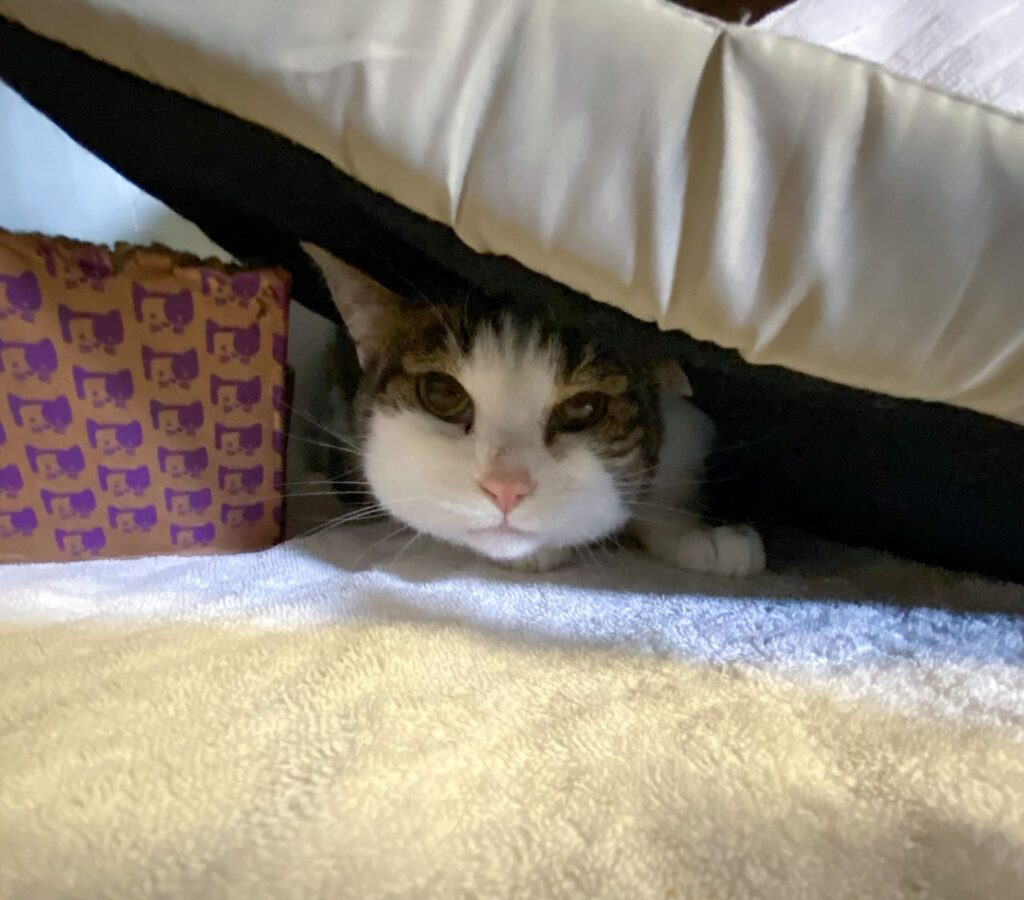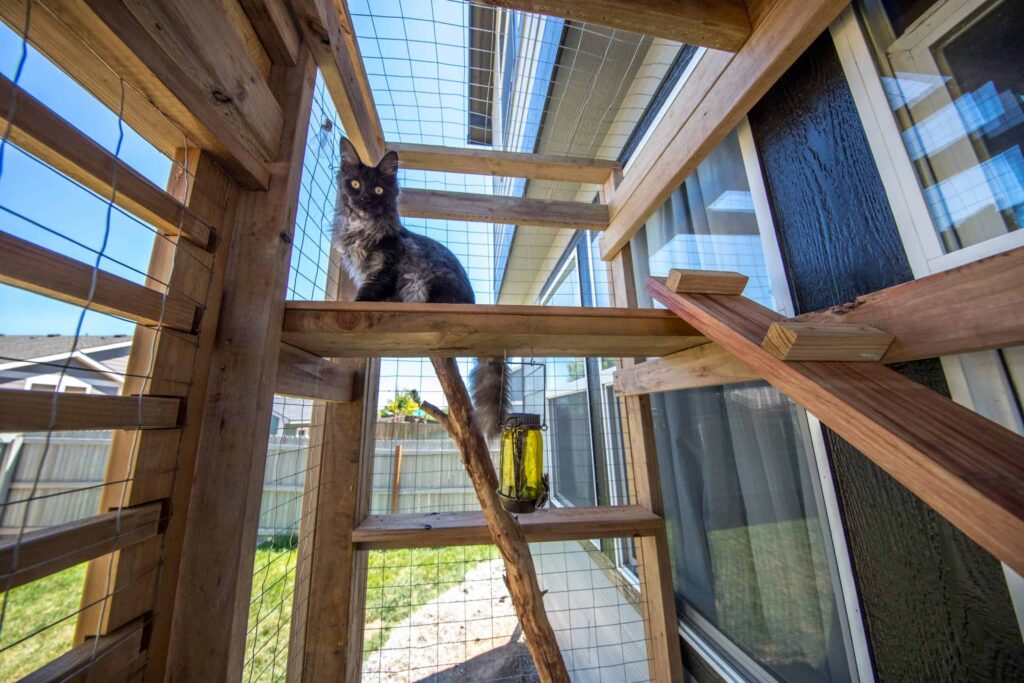As a lifelong cat lover, I�ve often found myself daydreaming about adventures with my feline friends. Most people immediately think of dogs when it comes to leash walks, but guess what? Walking a cat on a leash is not only possible�it can actually be one of the most rewarding experiences for both you and your cat. Not to mention, it provides them with some much-needed exercise, mental stimulation, and a chance to bond in a way that�s different from the usual indoor playtime.
But let�s be clear�walking a cat isn�t for every feline. It takes time, patience, and a deep understanding of your cat�s personality. Some cats, honestly, just aren�t cut out for it. But if you�ve got a curious, brave kitty, leash training can be a fun and exciting new experience. Ready to give it a try? Here�s everything you need to know about walking your cat and making it a pawsitive experience for both of you.
1. Is Walking a Cat Right for Your Feline?

Before you dive into leash training, you need to consider your cat�s personality. Some cats are born explorers, while others are perfectly content as indoor observers. If your cat loves to lounge in the sun or climb their favorite perch, leash training might not be their thing. But if your kitty�s got a curious streak and enjoys exploring new things, they might just love it!
Curious and Confident Cats: These are the cats that will thrive on leash walks. They�re the ones who want to sniff everything, see what�s beyond the fence, and check out the neighborhood. If this sounds like your cat, you�re in luck!
Shy or Nervous Cats: Not every cat is into the outdoors, and that�s perfectly okay. If your cat is more of a homebody, they may not take to leash walking right away. In these cases, you might want to start with indoor enrichment activities or work on building their confidence before introducing them to the great outdoors.
2. Choosing the Right Gear for Your Walks

Safety first, as they say! You wouldn�t walk your dog without the right gear, so why would you walk your cat without proper equipment? Let�s go over what you�ll need to make sure both you and your cat are comfortable.
Harness: This is hands down the most important piece of equipment. You can�t use a collar for leash walking�it could hurt your cat�s neck if they pull too hard. A cat-specific harness will help distribute the pressure evenly across their body, keeping them safe and comfy. Trust me, this is one piece of gear you don�t want to skip.
Leash: You�ll want a lightweight leash that your cat won�t feel restricted by. A 4 to 6-foot leash is usually the perfect length for most cats. It should be easy to manage but long enough to give them some freedom to roam.
Identification: This is key. Even though you�ll be walking in safe, controlled areas, always make sure your cat is properly identified. Whether it�s a collar with an ID tag or a microchip, these precautions are essential in case your cat gets spooked and runs off.
3. Training Your Cat for Leash Walking

Alright, now for the fun part: training! I�m not going to sugarcoat it�cats aren�t as naturally inclined to walk on leashes as dogs are. But with a little patience and consistency, most cats can learn to love it. Here�s how I trained my own cats to walk on a leash:
Step 1: Get Them Comfortable with the Harness
First, let your cat sniff and check out the harness before putting it on. I like to leave the harness near their food dish or favorite resting spot so they can get familiar with it on their own terms.
Once they seem cool with it, gently place the harness on them without fastening it. Let them wear it around the house for short periods, giving lots of praise and treats for being such a good sport. It�ll take a little time for them to get used to the feeling, but they�ll get there.
Step 2: Introduce the Leash
Once your cat�s used to the harness, it�s time for the leash. I attached it and let them drag it around indoors at first. It was a little funny watching them walk around with this thing attached to them, but they quickly got used to the extra weight.
After a few days, I gently guided them around using the leash and treats to encourage them to follow me.
Step 3: Indoors Practice
With the harness and leash on, I practiced walking them around the house. I�d gently pull on the leash and reward them with treats whenever they followed me. This helped them associate the leash with good things.
Step 4: Transition to Outdoors
Once they were comfortable indoors, I took them to the backyard�nice and safe, with no busy streets or crazy distractions. I let them explore at their own pace, keeping an eye on them, and making sure not to rush the experience. Sometimes they were all about the adventure, and other times they just wanted to chill by my side. And that�s totally fine!
4. Tips for a Successful Cat Walk
If you�re planning to take your cat for a walk, there are a few things you should keep in mind to make the experience enjoyable for both of you:
- Let Them Set the Pace: Unlike dogs, cats like to take their time. Let them stop and sniff around�after all, that�s half the fun of walking for them!
- Stay Calm: Leash walks should be a fun experience for both you and your cat. Don�t pull on the leash or force them in a direction they�re not ready to go. Patience is key!
- Watch for Stress Signals: Cats are good at telling us when they�re not comfortable. If your cat starts showing signs of stress, like a tucked tail or flattened ears, it�s time to head back indoors and give them a break.
- Watch Out for Hazards: Be aware of your surroundings. Look out for loud noises, traffic, or other animals that could scare your cat. I prefer to walk my cats during quieter times of the day when things are calm.
- Pick the Right Time: Early mornings or evenings are ideal for walks because there�s less foot traffic, and the weather is usually cooler.
5. Alternatives to Leash Walking

Not all cats will be into leash walks, and that�s perfectly okay! Here are a few alternatives to keep your cat happy and engaged:
- Catios: If your cat loves the outdoors but doesn�t want to be on a leash, consider building a catio. This is an outdoor enclosure where your cat can safely explore without running off.
- Window Perches: If you can�t take your cat outside, set up a window perch where they can watch the world go by. It�s a simple and safe way to satisfy their curiosity.
- Interactive Play: Even if your cat doesn�t go for walks, interactive toys and climbing structures can help keep them active and entertained indoors.
6. Final Thoughts: Is Walking Your Cat Right for You?
Walking a cat can be an incredibly rewarding experience�but it�s not for every feline. If your cat is the adventurous type, leash walking can offer both of you an opportunity to explore together. But remember, every cat is different, so take the time to understand your cat�s personality before starting any leash training. Above all, keep their comfort and safety at the forefront of your mind.
So, have you tried walking your cat? I�d love to hear your stories! Drop a comment below and share your tips for leash training your feline adventurer.


